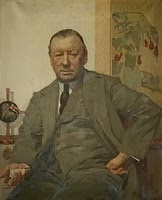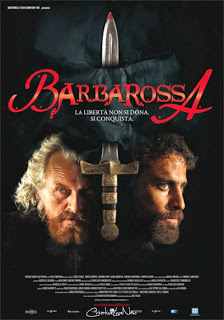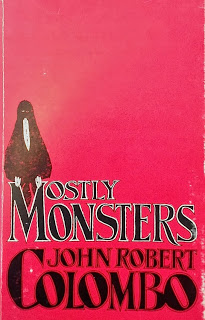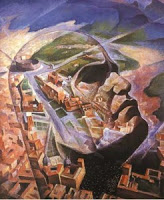Found on a late 1960s bookmark from the renowned Holland Park bookseller Peter Eaton adapted from essays of John Cowper Powys in his 1938 work Enjoyment of Literature.
An over the top rant with a lot of incendiary keywords... but a rant would not be a rant if it wasn't slightly unhinged: take it away JC!
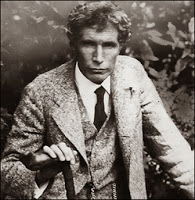
What a history of human excesses a second-hand book-shop is! As you 'browse' there– personally I can't abide that word, for to my mind book-lovers are more like hawks and vultures than sheep, but of course if its use encourages poor devils to glance through books that they have no hope of buying, long may the word remain!–you seem to grow aware what a miracle it was when second-hand book-shops were first invented...it too often happens that the books an ordinary man wants are on the 'forbidden shelves'. But there is no censorship in a second-hand book-shop. Every good bookseller is a multiple-personality, containing all the extremes of human feeling. He is an ascetic hermit, he is an erotic immoralist, he is a Papist, he is a Quaker, he is a communist, he is an anarchist, he is a savage iconoclast, he is a passionate worshipper of idols. Though books, as Milton says, may be the embalming of mighty spirits, they are also the resurrection of rebellious, reactionary, fantastical and wicked spirits! In books dwell all the demons and all the angels of the human mind.
Continue reading




